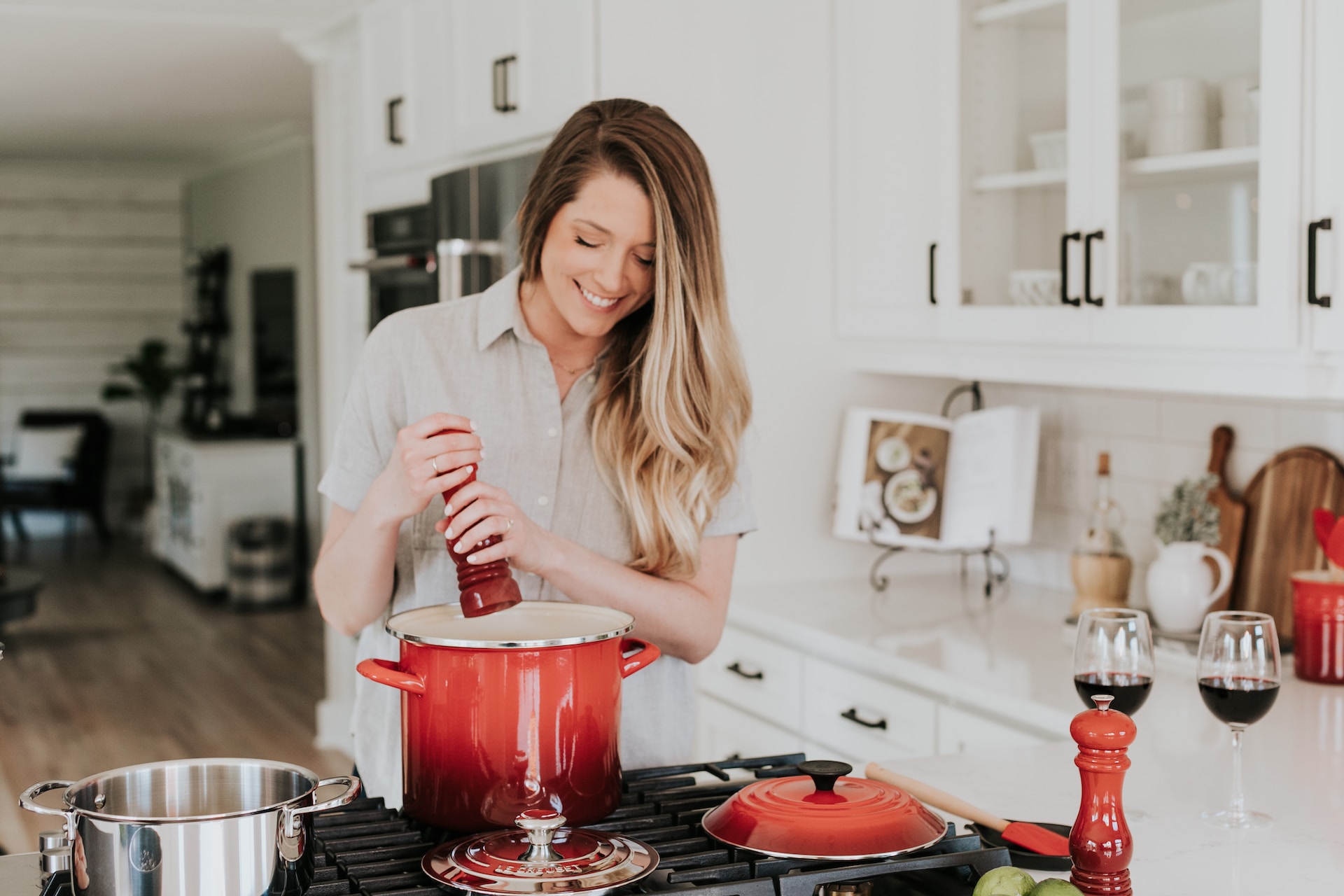Slow cookers have surged in popularity for busy home cooks looking to make tasty, fuss-free meals. These handy appliances allow you to prep ingredients in the morning and enjoy a hot, ready-to-eat dinner after a long day. While slow cookers are simple to operate, there are some important techniques to master in order to get the most out of your device.
Follow these nine expert tips to become a pro at using your slow cooker and unlocking its versatility.
1. Choose the Right Slow Cooker Size
Slow cookers come in a wide range of capacities, from tiny 1-quart models to large 8-quart options. Consider what you’ll typically be preparing and the number of servings you need.
For most purposes, a 3-5 quart size is ideal for families and couples, while the larger 6-8 quart slow cookers are great for big batches and meal prepping. Make sure not to overfill whatever size cooker you have – it should be 1⁄2 to 3⁄4 full for the best results. Overfilling can lead to messy boilovers.
If cooking a larger roast or whole chicken, just be sure there’s clearance around the sides so that heat circulates properly.
2. Use the Appropriate Amount of Liquid
Slow cookers require less added liquid than conventional stovetop cooking since there’s minimal evaporation. For converted recipes, use about half the amount of broth, water, or other liquids specified. The moisture released from fresh ingredients like tomatoes, onions, juicy meats, wine, etc., will create natural juices and sauce. A perfect example of this is when making a French dip sandwich in the crockpot. The roast beef simmers in its juices, which later can be used as a delicious au jus for dipping. Too much liquid will make dishes like stews or chilis thin and watery, and it’s easier to add more toward the end if needed. For rice, grains, or dried beans, check absorption and moisture levels before serving.
3. Prep Ingredients Thoughtfully
One key to success is prepping your ingredients wisely before adding them to the slow cooker. Since food simmers for hours, you want uniform sizes for even cooking.
Make sure to trim excess fat from meats and cut vegetables and fruits into similar-sized pieces. Also, thinly slicing root vegetables like potatoes, carrots, and parsnips that take longer to become tender can help them cook faster.
Browning meats briefly on the stovetop before slow cooking is optional but adds richer flavor because of the caramelized exterior. Lastly, cube meat into 1-2 inch pieces, allowing seasonings to penetrate better.
4. Layer Ingredients Strategically for Maximum Flavor
Arranging ingredients in a slow cooker intuitively is key for flavors and textures. Vegetables tend to cook faster on the bottom near the heat source, so they go on the bottom. Meat for the main protein can be nestled in the middle, which keeps it tender and moist.
Starchier things like potatoes, rice, or pasta cook slowest, so they are best on top. You can sprinkle seasonings between layers, too; it will let you achieve properly cooked veggies, perfectly braised meat, and ideal tenderness for starches.
5. Add Dairy Ingredients Like Milk or Cheese at the End
Full fat dairy products like milk, heavy cream, or cheese tend to break down and curdle with extended cooking times. For a creamy finish in dishes like dips, soups, or macaroni and cheese, stir in dairy ingredients during the last 20-30 minutes of cooking. This prevents curdling and preserves that luscious, creamy texture.
Soft cheeses like goat cheese or ricotta melt down better than hard cheeses, while grated parmesan or cheddar can be sprinkled on top of individual servings.
6. Use Herbs and Spices Abundantly
The slow cooking process beautifully melds and concentrates flavors over time. The dried herbs and spices hold up well when added at the start of cooking. These include garlic, onions, chili powder, cumin, oregano, paprika, and cayenne, which are especially good in the slow cooker.
For fresher flavor, stir in chopped soft herbs like parsley, cilantro, basil, or dill toward the end. Letting finished dishes rest for 10-15 minutes allows the seasonings to fully permeate, too.
7. Resist the Urge to Lift the Lid Frequently
Lifting the lid too often lets heat and moisture escape, which can tack on hours of extra cooking time. Only lift the lid briefly to add any ingredients mid-way through cooking if required. Uncover at the end of the cooking time and avoid the temptation to check or stir food unnecessarily. If you need to check doneness, use an instant-read thermometer instead of lifting the lid.
8. Thicken and Adjust Sauces at the End if Needed
If finished dishes have thinner or more liquid than desired, there are easy ways to thicken and adjust consistency at the end. Make a slurry by whisking 2 tablespoons of cornstarch into 2 tablespoons of cold water. Stir this into the cooker in the last 20-30 minutes to thicken the sauces beautifully. Adding pasta, rice, or breadcrumbs toward the end will also help absorb excess liquid. Let it rest for 10 minutes, then do a final taste and seasoning adjustment.
9. Allow Food to Rest Before Serving
Once cooking is complete, let food remain in the cooker with the heat off for 15-30 minutes before serving. This carryover cooking lets flavors finish developing fully while the temperature remains consistent. The meat will shred and pull apart more easily, too.
The resting time allows the sauce and moisture to be absorbed evenly throughout dishes like chili or curries.
Conclusion
Mastering these handy techniques will make you a slow cooker pro. With some practice, you’ll be able to create amazing stews, roasts, dips, and more with minimal effort. Slow cooking makes it so easy to prepare tasty homemade meals even on your busiest days. Follow these tips to get the most from your slow cooker, and soon, you’ll be whipping up delicious family dinners like a seasoned chef.
